Old Ghost Road Part 1: The best ride in the worst weather
When Will first pitched the idea of mountain biking Old Ghost Road during our trip to New Zealand in January 2020, I said absolutely not. I totally understood why he wanted to do it. Old Ghost Road is New Zealand’s longest stretch of single-track mountain biking, and one of the highest rated mountain bike trails in the world. The trail is located in the rugged province of West Coast and connects the Rough and Tumble Lodge in Mokihinui to Lyell on Buller Gorge. It’s the construction of a map from 1886 proposing the route to connect two gold mining towns, but it wasn’t officially completed until October 28, 2015, becoming 85km of Grade 4 (advanced) mountain biking. If you are going to even think about completing Old Ghost Road, all research suggests you come prepared with advanced riding abilities and solid bike maintenance skills. Oh, and did I mention you are also bikepacking? (backpacking’s close cousin except biking for transportation instead of walking). Sound doable? Ya, I didn’t think so either.
The original 1886 survey that became the concept map for Old Ghost Road in 2007.
To evaluate your ability to safely ride OGR, the official website proposes the following questions:
Can you ride along a narrow winding trail that is only 400-600mm wide in places?
Are you competent and confident riding along a trail with steep, exposed edges and drops on one side?
Can you ride over rocks, drops and obstacles the size of soccer balls?
Are you fit enough to ride long steep hills for an hour at a time?
Can you ride for extended periods (up to 8 hours) each day?
I wasn’t worried about our fitness, but I would not have consider ourselves advanced riders. We had no bikepacking experience, and my bike maintenance skills are basic at best. However, we found New Zealand’s Department of Conservation’s Mountain Bike Track Grade description. This is what finally convinced me:
Easiest: Grade 1: Fairly flat, wide, smooth track or gravel road.
Easy: Grade 2: Mostly flat with some gentle climbs on smooth track with easily avoidable obstacles such as rocks and potholes.
Intermediate: Grade 3: Steep slopes and/or avoidable obstacles possibly on narrow track and/or with poor traction. There may be exposure at the track’s outside edge.
Advanced: Grade 4: A mixture of long, steep climbs, narrow track, poor traction and obstacles that are difficult to avoid or jump over. Generally exposed at the track’s outside edge. Most riders will find some sections easier to walk.
Expert: Grade 5: Technically challenging. Giant climbs, narrow track and numerous hazards including dangerous drop-offs, sharp corners and difficult obstacles. Expect walking and possibly bike carrying.
Extreme: Grade 6: Downhill/free ride specific tracks. Extremely steep sections with large drop-offs and other unavoidable obstacles. May include man made structures and jumps.
From this description, it seemed like we could be advanced riders. I was in.
Current Old Ghost Road trail map.
Though this was still not to be taken lightly. There is more than 1771m of total elevation gain, with the first day alone reaching 1406m. Unfortunately for us, the forecast for that day was not looking so good….
January 12th, 2020
Day 1
We met our bike hire company Buller Adventures at the national historic site that is the Lyell trail head at 9:30 am. To our pleasant surprise the bikes were both in excellent condition - which has not always been our experience renting bikes. Brand new 27.5 inch 2019 Merida One-Forty 700 dual-suspension mountain bikes. Step 1, we had reliable rides.
We made some last minute gear swaps based on the rental company’s recommendations (see the complete gear list at the end of this blog), had the bikes fitted to our bodies, and were given a quick overview of the three days ahead. Standing around for this process, however necessary, was complicated by the horrible sandflies, New Zealand’s notorious pest. The campground at this trailhead is proclaimed to be the worst place in the country for sandflies, so consider this your warning if you choose to camp here the night before your ride (because of this we opted to stayed in Reefton, a small mining town seeming frozen in time 45 minutes away).
A couple shots from Reefton where shops maintain their original store fronts. This town is two swinging saloon doors away from 1820.
With both the riding and weather reports laid out, we knew this day was going to be tough. A steady 27 km climb progressively becoming steeper, more exposed, and more technical to the top of Rocky Tor at 1456m, then a short decent into our destination for the night at Ghost Lake Hut located at the 30 km mark. To complicate the long day of climbing, it was forecasted to rain hard all day. Welcome to the West Coast of New Zealand.
But with a quick team pic, by 10:15 we were off.
Check out how wet I am already.
The forecast was accurate, it poured, all day.
Though I can’t say it really affected us for the first part of the day. Though a continual climb, the ride wasn’t particularly steep or technical, and was within the cover of the forest. We were wet, but we weren’t cold, and the trees provided at least some illusion of shelter. The terrain was also distractingly gorgeous. Lush foliage surrounded us as we rode.
There were loads of stream crossings where we could fill our water bottles.
We climbed for three hours before we reached Lyell Saddle Hut at 18kms and decided to stop for lunch. It was a welcome break from the rain.
Still in really good spirits despite the weather.
It was a tough call, but we decided to take a long break to try to wait out the weather. The forecast as of 7:30 the previous evening when we left wifi service suggested the rain would stop around 5pm. Though it wasn’t long after we stopped moving that I started to get cold, so we tried to distract ourselves by lighting a fire. It was a a formidable attempt but with no kindling and not fire starter, a wasted effort. And after an hour and a half of attempting to wait out the weather, we realized we made the wrong decision. The rain picked up, and so did the winds. It was raining sideways by the time we left, and by this time I was shivering still wearing soaking wet gear. Will insisted he wasn’t cold, despite his pale, blue-lipped appearance. We knew that the Ghost Hut was completely booked out, and judging by our late start time we would likely be the last ones to show up. We left in good faith that they would have a roaring fire by the time we arrived. 12km and 650m elevation until warmth.
It wasn’t long after we left Lyell Saddle that Will’s quads started to spasm. If you have never experienced muscle spasms or cramping, it’s quite painful and dehabilitating. There’s at least one thing you can’t do while your quads are in spasm - bike. This is when we really knew the long break allowing our bodies to cool down significantly was a bad idea. It was also not a good time to remind him about his decision ‘against medical advice’ (my medical advice) not to get on our bike trainer after Canadian mountain biking season ended four months earlier. So I would ride up in front of him, and we would walk much of the steeper sections to use some different muscles to climb, and taking periodic breaks to rest and stretch his quads. But we were still in the cover of the forest, and though the climbs were becoming steeper, Will was managing with stretching and walking when his body simply would not allow him to ride, and somehow he was still in good spirits, so onward we went.
New vegatation as we approach the alpine zone.
It was about the 24km mark we had our first short taste of the Bald Peak exposure.
As we continued to climb the trail narrowed, became more technical with steep cliff edges, we were forced to walk section due not to the aforementioned obstacles, but because the wind was literally blowing us sideways off our bikes! It was like nothing I have ever experienced.
Though we regretted the weather preventing the day’s climb not ending in the reward of spectacular views, we were actually still having a good laugh at our situation. I am a sucker for adventure, and this day delivered in a big way.
This was actually a false peak. We were at Bald Peak Summit, and still had to climb 120m to Rocky Tor.
About the 26km mark I started to get spasms to my right quad (if there was ever a sign that I am biking right leg dominant this was it). This was the first point I started to feel the pain kick in. I was physically exhausted, starting to get cold (by this elevation the rain had turned to ice pelts), and feeling a bit overwhelmed by the persistent terribleness of the weather. We knew that we were eventually going to descend into Ghost Lake Hut, but at 26.5km we were still climbing the Rocky Tor- pushing our bikes so we didn’t get blown sideways into the rock wall that edged a narrow (now grade 5) single track terrain. How much further before we get to start going down? I couldn’t see $h!t.
Finally, at 27km, the trail started to drop. YESSSS!!!! I didn’t care what was ahead, we were going down and riding comfortably again! It was rugged, technical, and narrow, with a rock wall to our right and an unending fall into the abyss to our left (I knew it was there beneath the cloud of fog blocking our views). Not to mention the monsoon rain had turned the trail into a literal river flowing 2-3 inched deep directing us to our destination. But damn it, we were going to ride.
We both nailed it. It was the most glorious decent I have personally experienced on a mountain bike, though short-lived. Around the 28.5kms the trail started to climb again, but we knew with only 1.5km to go, and we could literally drag our bikes the rest of the way if needed. We were almost there.
We came around a corner at 30kms, and caught our first glimpse of Ghost Lake Hut. It was euphoric! We made it!!! We took our bikes to the storage area under the Hut and met our first Hut-mate for the night - an 8-year-old boy. WTF!!!!! HOW???? I almost died doing this, how is an 8-year-old here?
As predicted we were the last ones to arrive to the hut, and the fire was roaring. With wet gear hanging across every square inch of the place, it mimicked a sauna, and it was GLORIOUS!!! We were dried, watered, and fed within the hour. We collectively kept the fire going all night and ALL our gear was dry by the morning, though it didn’t stop raining until midnight. Good thing we didn’t try to wait out the rain.
As a side note: the 8-year-old boy was part of a family of five riding the trail in five nights, six days. The three boys were ages 12, 9, and 8. Though the dad said they had significant mountain biking experience for their ages. I didn’t doubt that.
I’ll post on Day 2 and 3 of the Old Ghost Road next week. Thanks for reading!
The Gear List
Note: We rode Old Ghost Road in January - New Zealand Summer. Shoulder seasons and winter months you will need to adjust warm clothes accordingly.
Need:
Headlamp or flashlight
Warm mid layer
Gore-tex rain jacket (yes it has to be Gore-tex)
At least 2 sets of riding clothes
Light sleeping bag (the huts are warm. We had heavier -10 sleeping bags and slept onto of them the whole night.)
Hygiene needs (toothbrush, toothpaste, floss, small towel) - there are no showers, but you might choose to rinse in the river at some huts. Do not use soap for this - it’s harmful to the ecosystem.
1 set of clean & dry clothes for wearing in the evenings and for sleeping
Water bottle - 500-750 ml
Bike Tools: Multitool, spare tube, C02 cartridges or pump, tire repair kit
Food for the entire trip
Sun screen
Bug repellent
Medical kit - recommend adding skin glue (expensive but if you come across a situation where you need it, you’ll wish you had it)
Small amount of duct tape
Assortment of medication (pain killers, anti-inflammatories, ant-acids, anti-histamines, Loperamide- just in case)
Personal Beacon Locator or satellite phone for emergencies
Dry bag and bungie cords with a rear tire rack
Bikepacking backpack (complete with rain cover and pack liner). I used 28L, Will 30L
Note: it rained so much the first day even with brand new pack covers and pack liners, there were some things inside the pack that still got damp, so don’t skip the pack liner.
Don’t Need:
Water filter
Toque
Warm base layer (long johns)
Warm socks for the hut - I always went barefoot
Hydration pack - lots of places to fill a water bottle along the way - carrying less the 1L is fine
Cooking utensils, eating utensils, stove, fuel, or food
Coffee filter - huts have a French press
Optional:
Light weight compact travel pillow
Light sandals or flip flops (you can walk in the cabins barefoot, but you could use flip flops to walk around the camp once you arrive, and the washroom in the middle of the night. You can use your riding shoes for this so it depends if you want to sacrifice the weight)
Fire starter - just in case
Tea towel for drying dishes - they recommend this but most of the huts have permanent ones there.
Biodegradable toiletpaper. The composting toilets have this, but in case they are out this isn’t the thing you want to go without. But you can alway risk it. There was a lot in every toilet we used.
Continue reading part 2 of our Old Ghost Road adventure here.


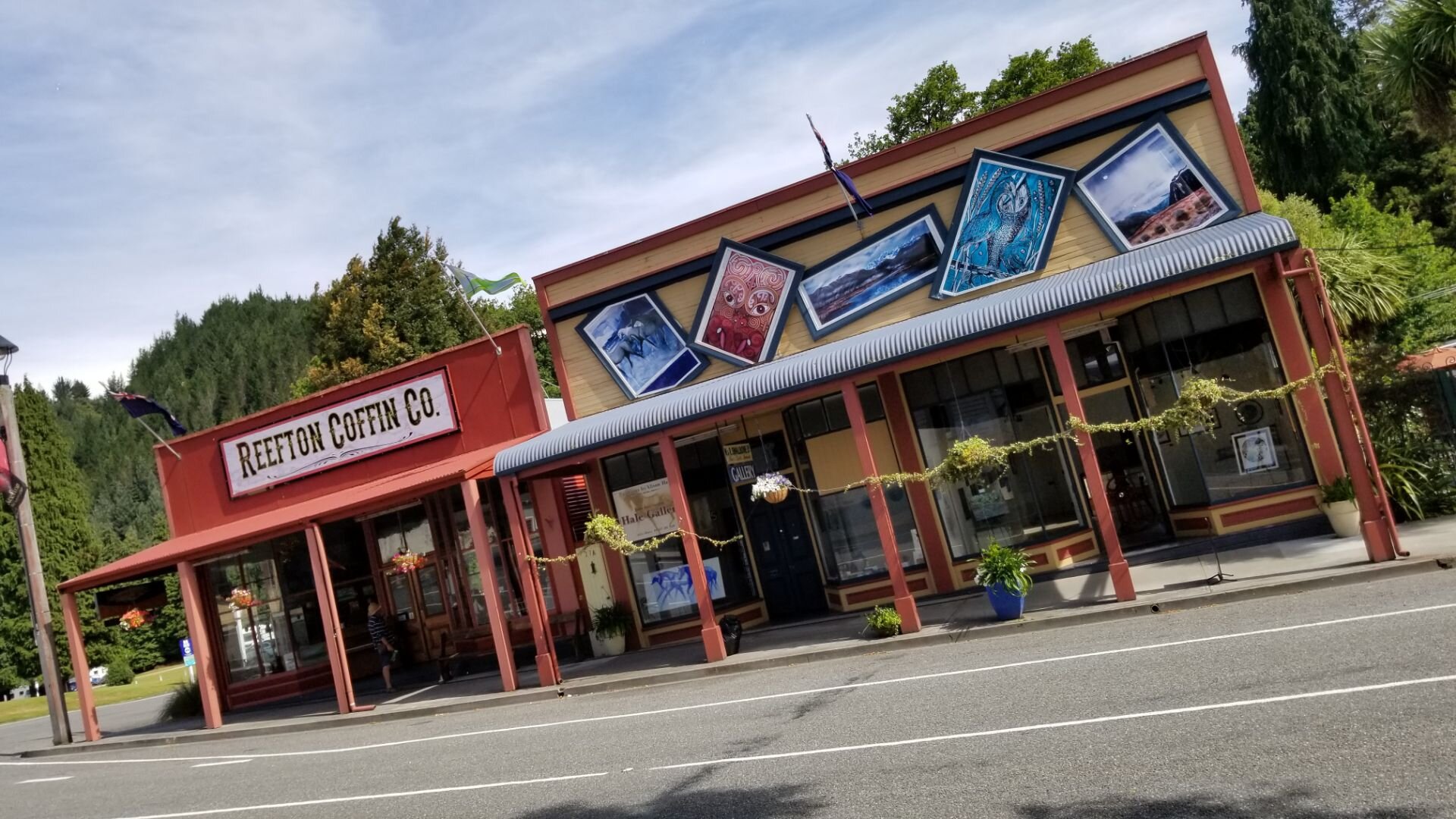



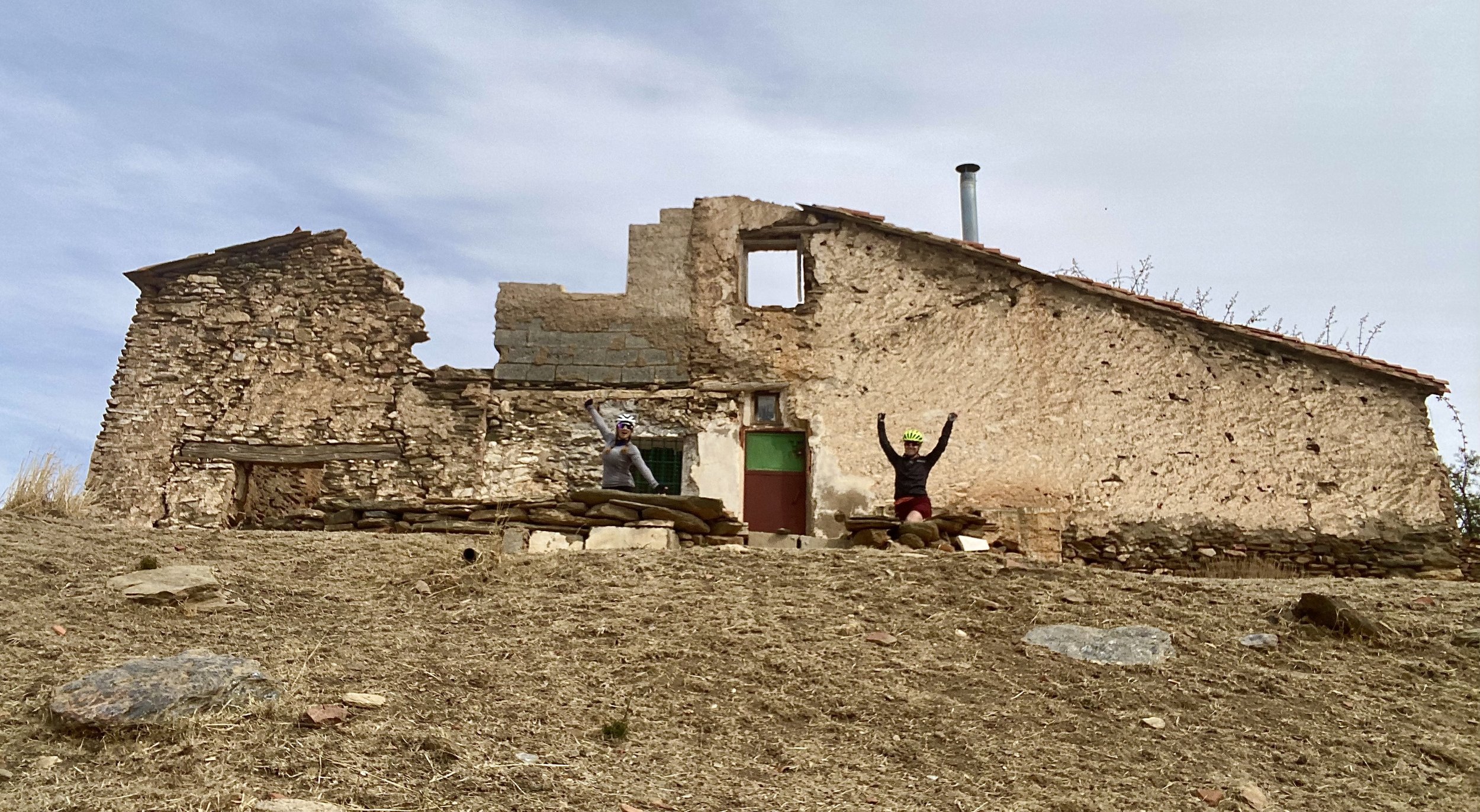
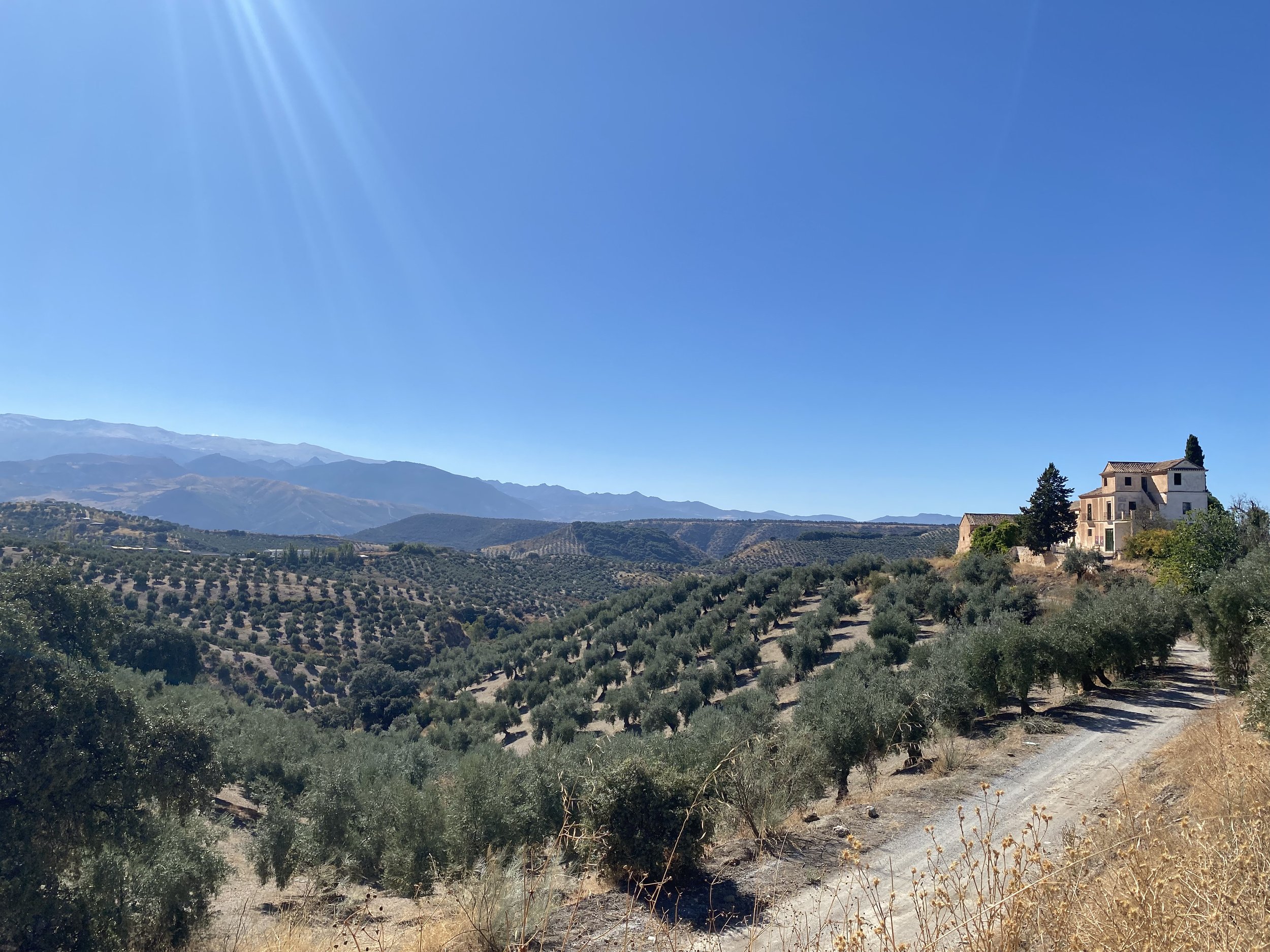




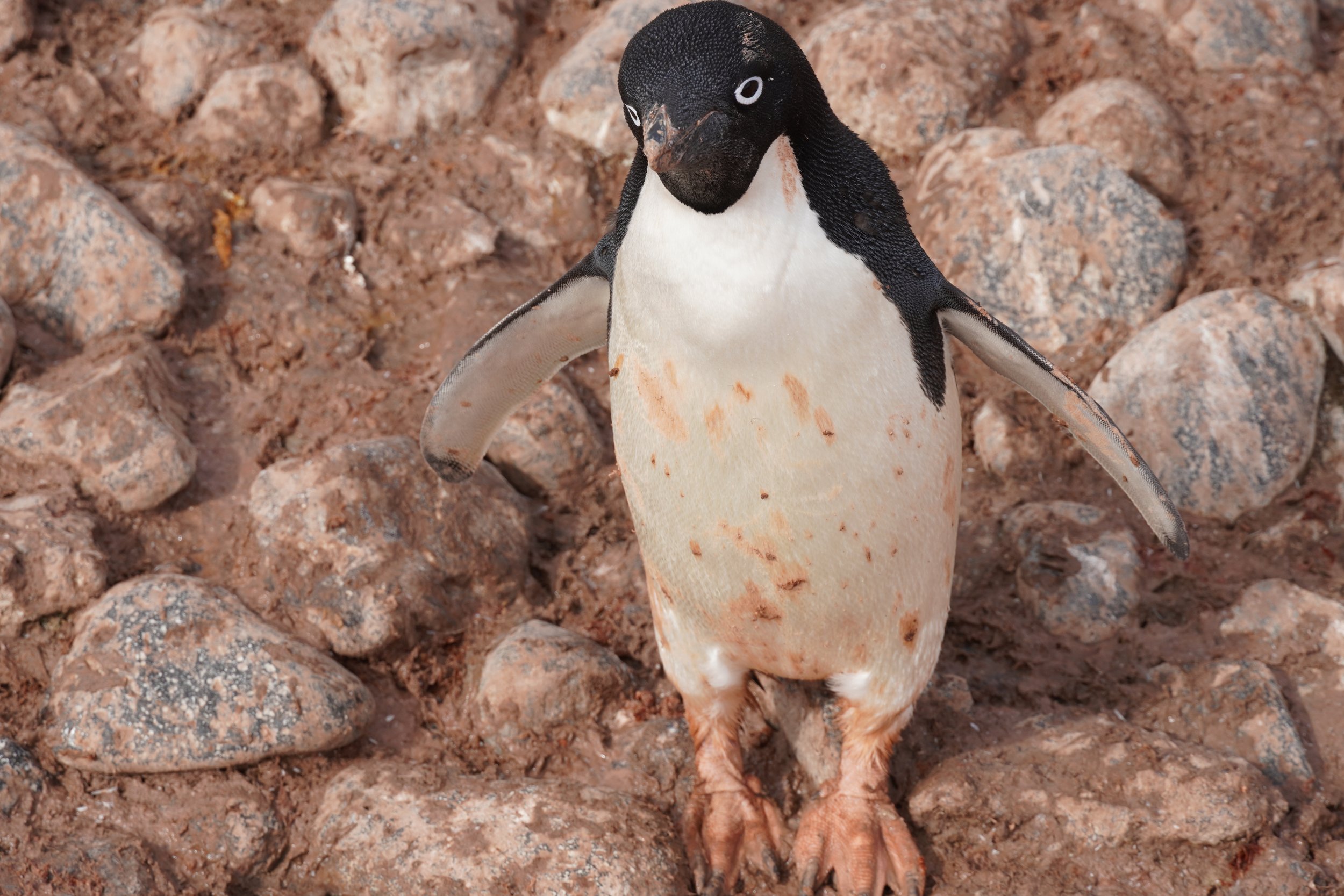
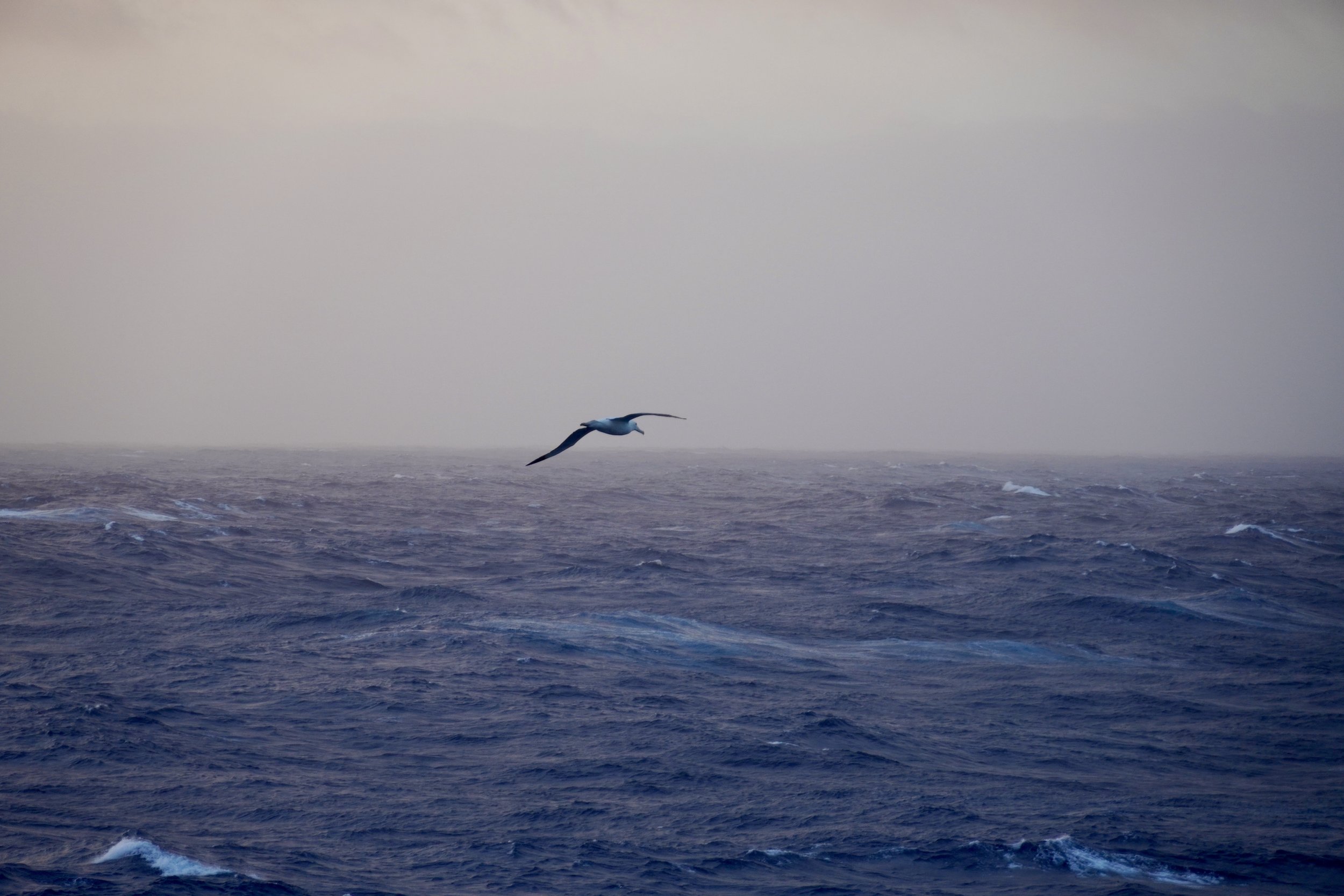

The caves pictures above are some of the oldest human settlements in south-western Europe. They date back to the Neolithic Period, approximately eight thousand years ago. These cave sites, and their remnant artifacts have shed valuable inside on life during the prehistoric period in Spain. The caves are built into limestone cliffs, creating a natural shelter for humans and livestock. However, the arid climate, sparse rainfall, and persistent erosion cumulated into an inhospitable agricultural climate, and the economic consequences forced the settlers to move on decades ago. All that remain are the crumbling shells of what once was someone’s home. We saw them everywhere.